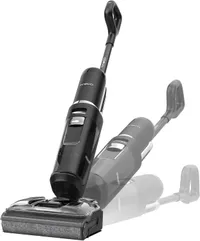How to mop your floors properly — 5 tips for spotless results
Try these must-know mopping tips for spotless floors
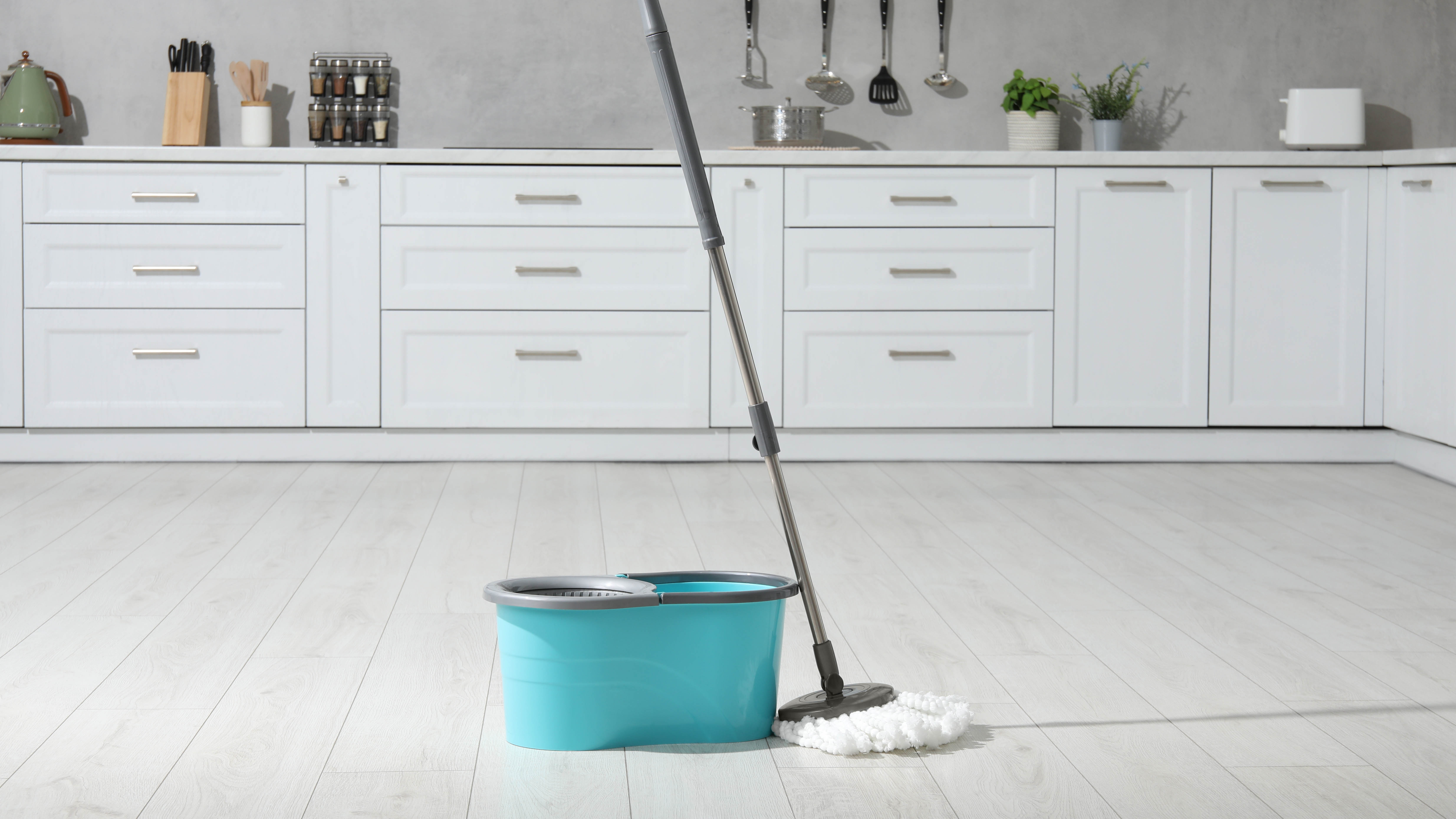
Mopping floors seems straightforward until you notice streaks, missed spots or, worse, damage to your flooring. The truth is, effective mopping requires more than just pushing a wet mop around.
Different floor types need different approaches, and using the wrong technique can leave you with poor results or even permanent damage to expensive flooring. Whether you're dealing with hardwood, laminate, tile, or vinyl, mastering the proper mopping technique will save you time and keep your floors looking their best.
These five tips will help you get clean, streak-free floors while protecting your flooring from damage. Let's get started.
1. Always sweep or vacuum first
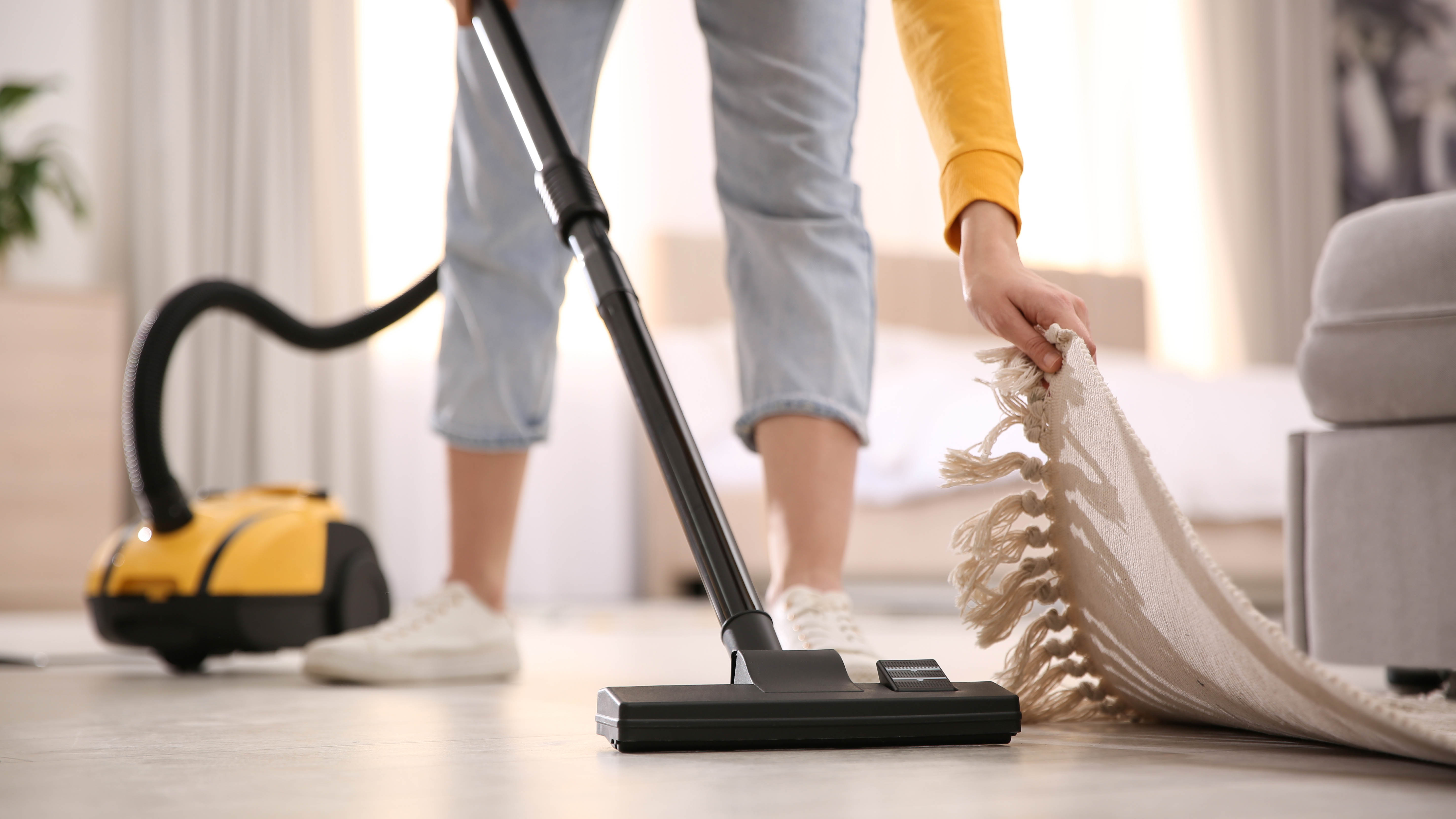
Skipping this step is the fastest way to create muddy streaks across your floors. Any dirt, dust, or debris left on the floor will be pushed around by your mop, creating a grimy mess instead of clean surfaces.
Vacuum or sweep thoroughly, paying attention to corners, under furniture edges, and around baseboards where dirt accumulates. For hard floors, use a vacuum with a hard floor setting or a broom with fine bristles to capture everything effectively.
This preliminary step removes the bulk of loose dirt and hair, allowing your mop to focus on stuck-on grime and deep cleaning rather than just moving dirt around.
2. Match your mop to your floor type

Not all mops work equally well on every surface. Your floor type should determine which mop you choose for optimal results.
Cotton string mops excel on tile, sealed concrete, and heavily soiled areas. Their absorbent fibers trap dirt effectively, making them perfect for deep cleaning. However, they hold a lot of water, so wring them out thoroughly before using on wood or laminate.
Microfiber mops are the most versatile option, working well on hardwood, tile, laminate, and most other surfaces. The fine fibers capture dirt and bacteria while the material's absorbency allows for better moisture control. Many come with spray attachments for quick touch-ups.
Sponge mops offer excellent moisture control, making them ideal for vinyl, laminate, and sealed hardwood floors that can't handle excess water. The built-in wringer lets you control exactly how damp the mop head is.
For water-sensitive floors like real wood or laminate, always choose mops that can be wrung nearly dry. Too much moisture can cause warping, swelling, or permanent damage to these surfaces.
This 3-in-1 smart floor washer vacuums, mops, and self-cleans with iLoop Smart Sensor tech and three cleaning modes. Its 180° lay-flat design easily reaches under low furniture, while the DualBlock anti-tangle system and FlashDry self-cleaning keep maintenance simple. It offers up to 50 minutes of runtime per charge.
3. Prepare the right cleaning solution
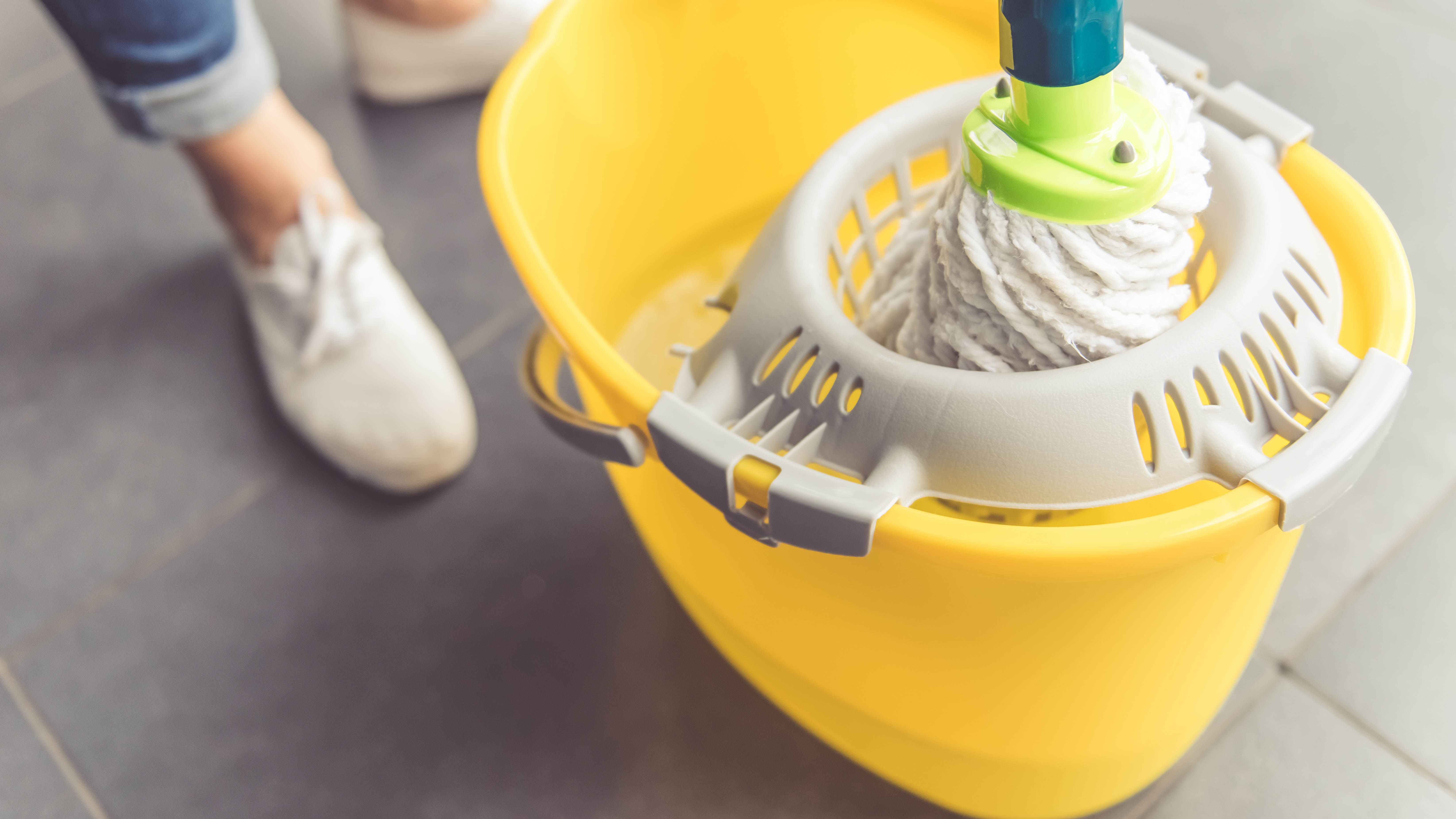
Plain water rarely cuts through grease, soap scum, and ground-in dirt. The right cleaning solution depends on your floor type and the level of soiling.
For most hard floors, use a pH-neutral floor cleaner diluted according to package directions. These cleaners are formulated to cut through common household dirt without leaving residue or damaging protective floor finishes.
For natural stone floors like marble or travertine, use only cleaners specifically designed for natural stone. Acidic cleaners can permanently etch these surfaces.
Avoid using too much cleaning solution as more isn't better and often leads to streaky, sticky residue. When in doubt, start with less and add more if needed.
4. Use proper mopping technique
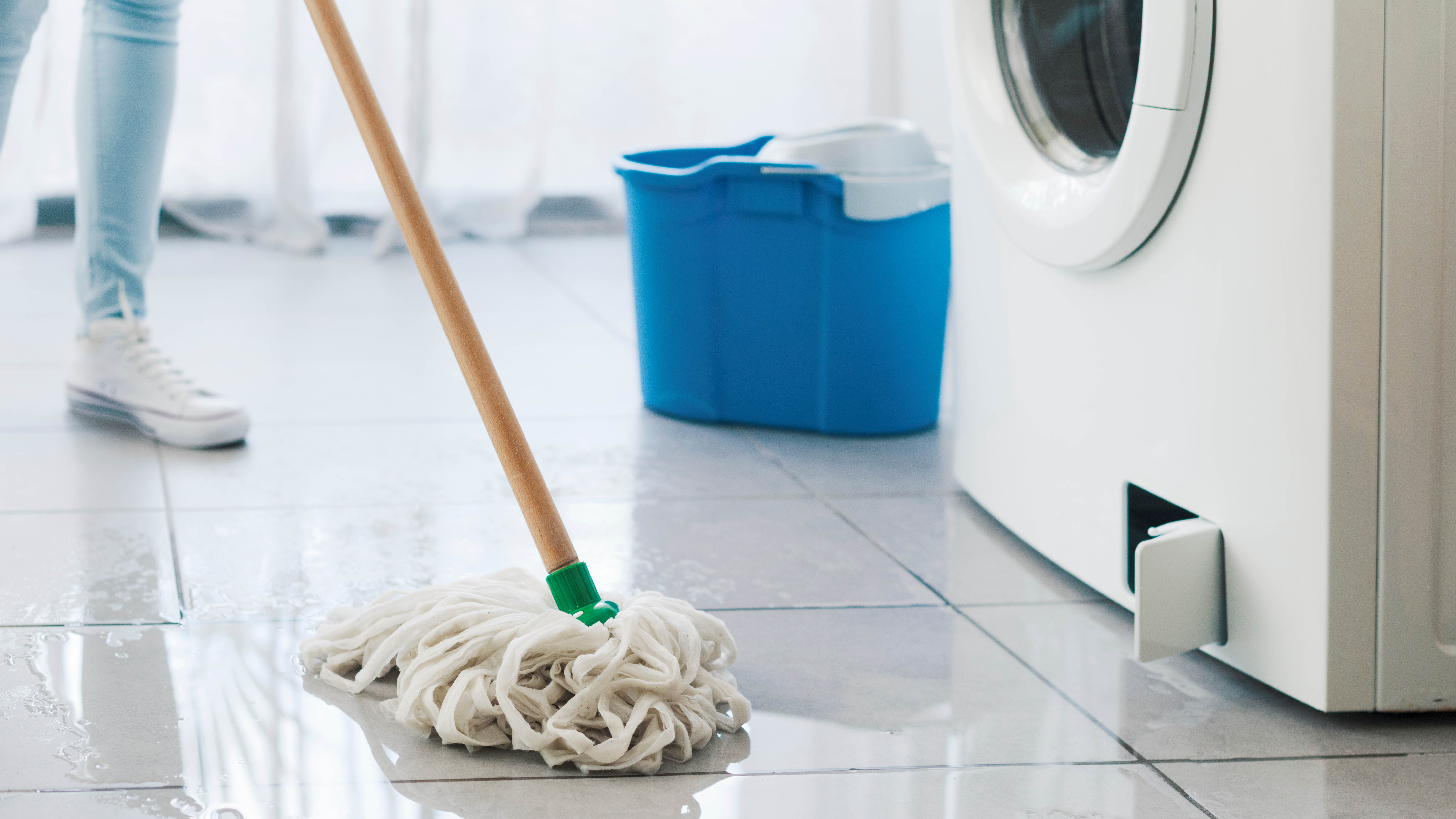
Your mopping pattern makes a significant difference in the final result. Random back-and-forth movements miss spots and can push dirt around rather than removing it.
Start from the farthest corner and work toward your exit point. This prevents you from walking on freshly cleaned areas and tracking dirt back onto clean floors.
Move in overlapping figure-eight patterns or long, sweeping strokes. This technique ensures even coverage and helps lift dirt rather than pushing it around. Using dirty water just redistributes grime across your floors, so change your cleaning water when it becomes visibly dirty.
Also, wring your mop frequently, especially on water-sensitive floors. For hardwood and laminate, the mop should be barely damp, not soaking wet. Work in sections rather than trying to mop the entire room at once, which prevents cleaning solution from drying before you can properly clean it.
5. Dry thoroughly
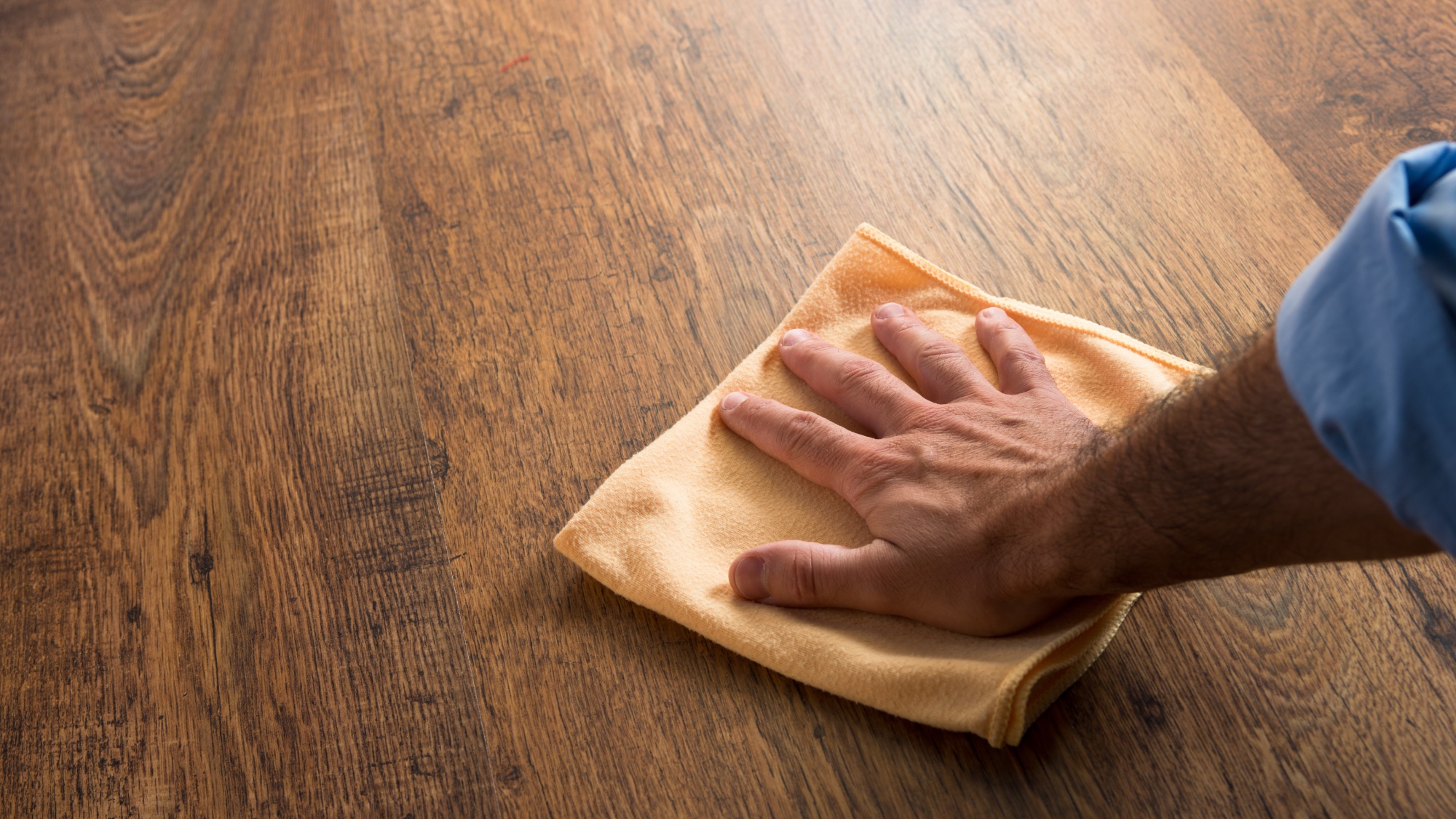
Even the best mopping job can be ruined if you don't handle the drying process correctly. Proper drying prevents water spots, streaks, and potential damage to moisture-sensitive floors.
Remove excess moisture immediately with a clean, dry microfiber cloth or a dry mop. Pay special attention to areas where water tends to pool, like corners and depressions in the flooring.
Ensure adequate ventilation by opening windows or using fans to speed up drying. This is especially important for hardwood floors, which can be damaged by standing water.
Walk carefully on damp floors until they're completely dry to avoid slips and falls. If someone must walk on the area, place clean, dry towels as temporary walkways.
Tips for perfect results...
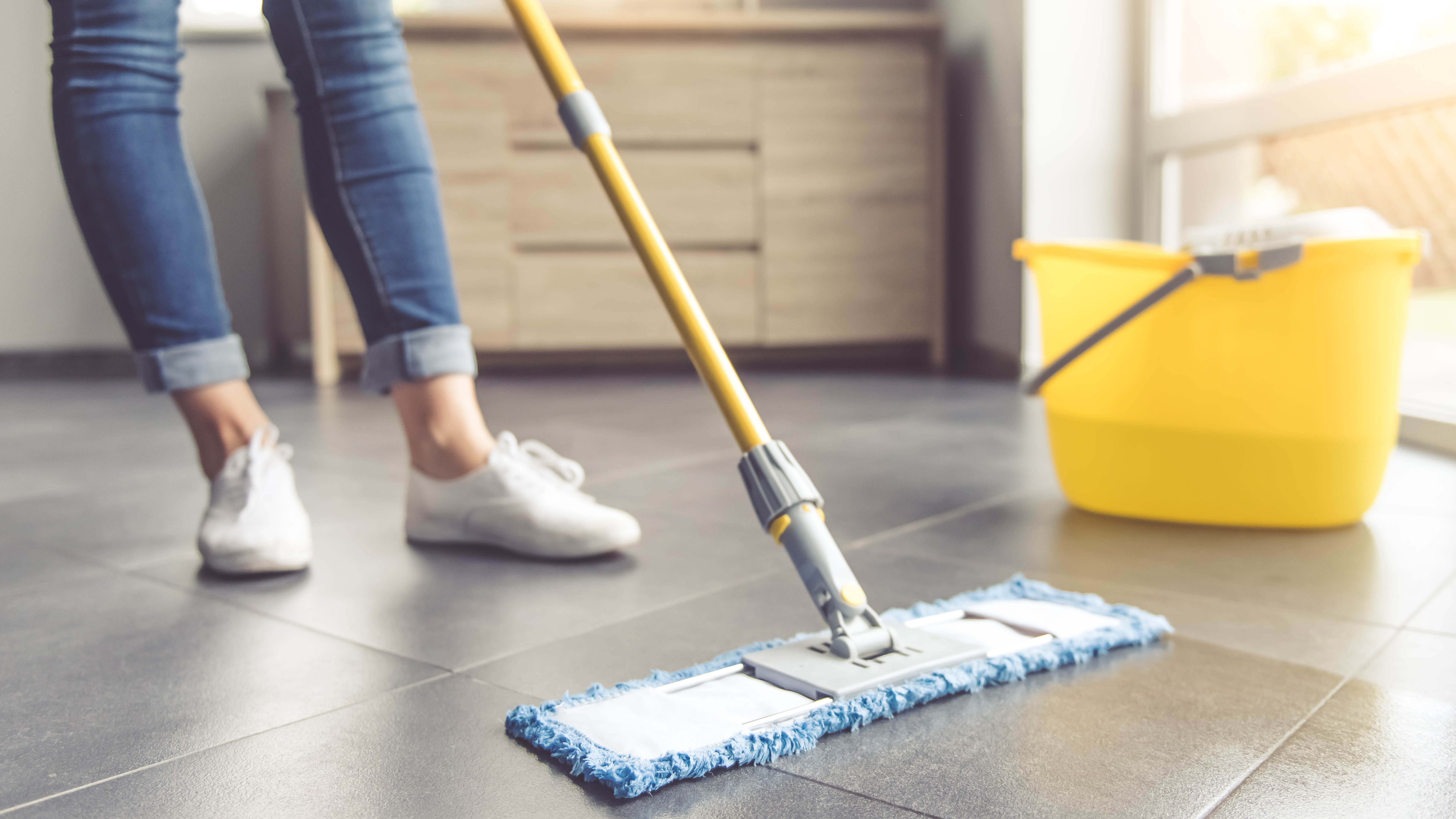
Change your mop head regularly. Dirty mop heads just spread bacteria and grime around. Wash microfiber mop heads after each use and replace them when they become worn or permanently stained.
Hot water isn't always better. While it can help dissolve some types of dirt, hot water can also damage certain floor finishes and speed up drying, leading to streaks. Room temperature water usually works best.
Test cleaning products in an inconspicuous area first, especially on natural stone or delicate finishes. What works on one floor type can damage another.
Now that your floors are mopped and sparkling clean, keep the rest of your space fresh by learning how to make your home smell amazing — try these top tips. And don't forget your vehicle with 7 car cleaning tips to make yours look brand new. If you're looking to make your plants grow faster, check out 7 tips to turbocharge your plants into hypergrowth mode.
More from Tom's Guide
- Mopping vs wet and dry vacuum — which is better for your floors?
- I've discovered the best thing about induction cooking
- This cheap hack will stop ants from invading your home
Get instant access to breaking news, the hottest reviews, great deals and helpful tips.

Kaycee is Tom's Guide's How-To Editor, known for tutorials that skip the fluff and get straight to what works. She writes across AI, homes, phones, and everything in between — because life doesn't stick to categories and neither should good advice. With years of experience in tech and content creation, she's built her reputation on turning complicated subjects into straightforward solutions. Kaycee is also an award-winning poet and co-editor at Fox and Star Books. Her debut collection is published by Bloodaxe, with a second book in the works.
You must confirm your public display name before commenting
Please logout and then login again, you will then be prompted to enter your display name.
